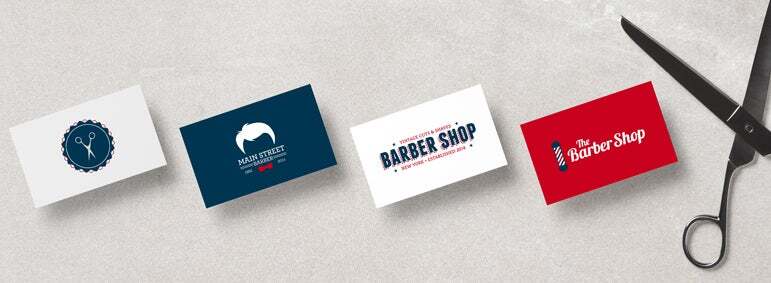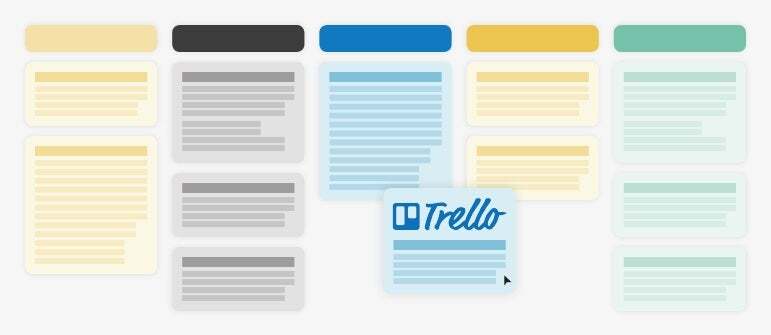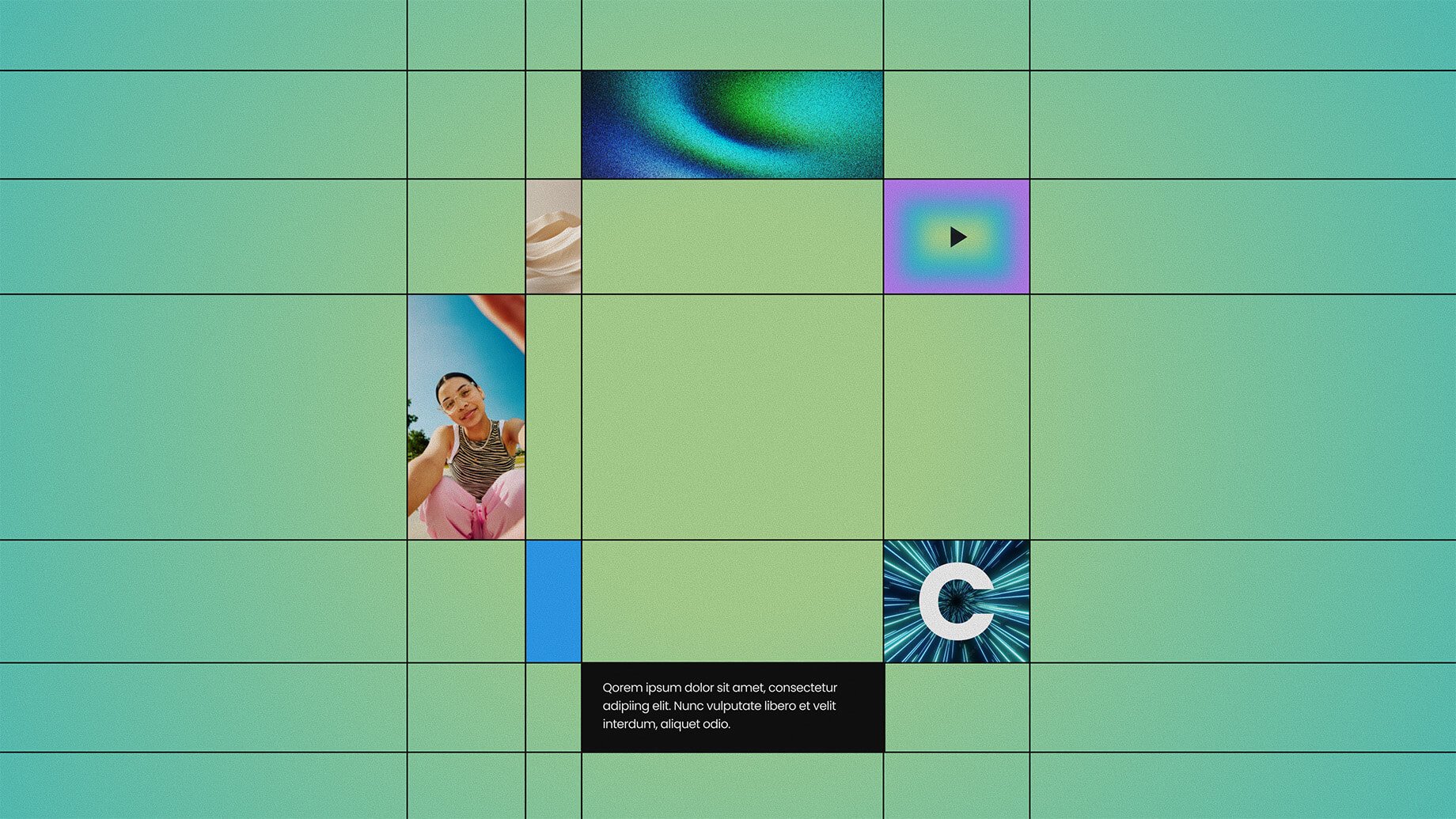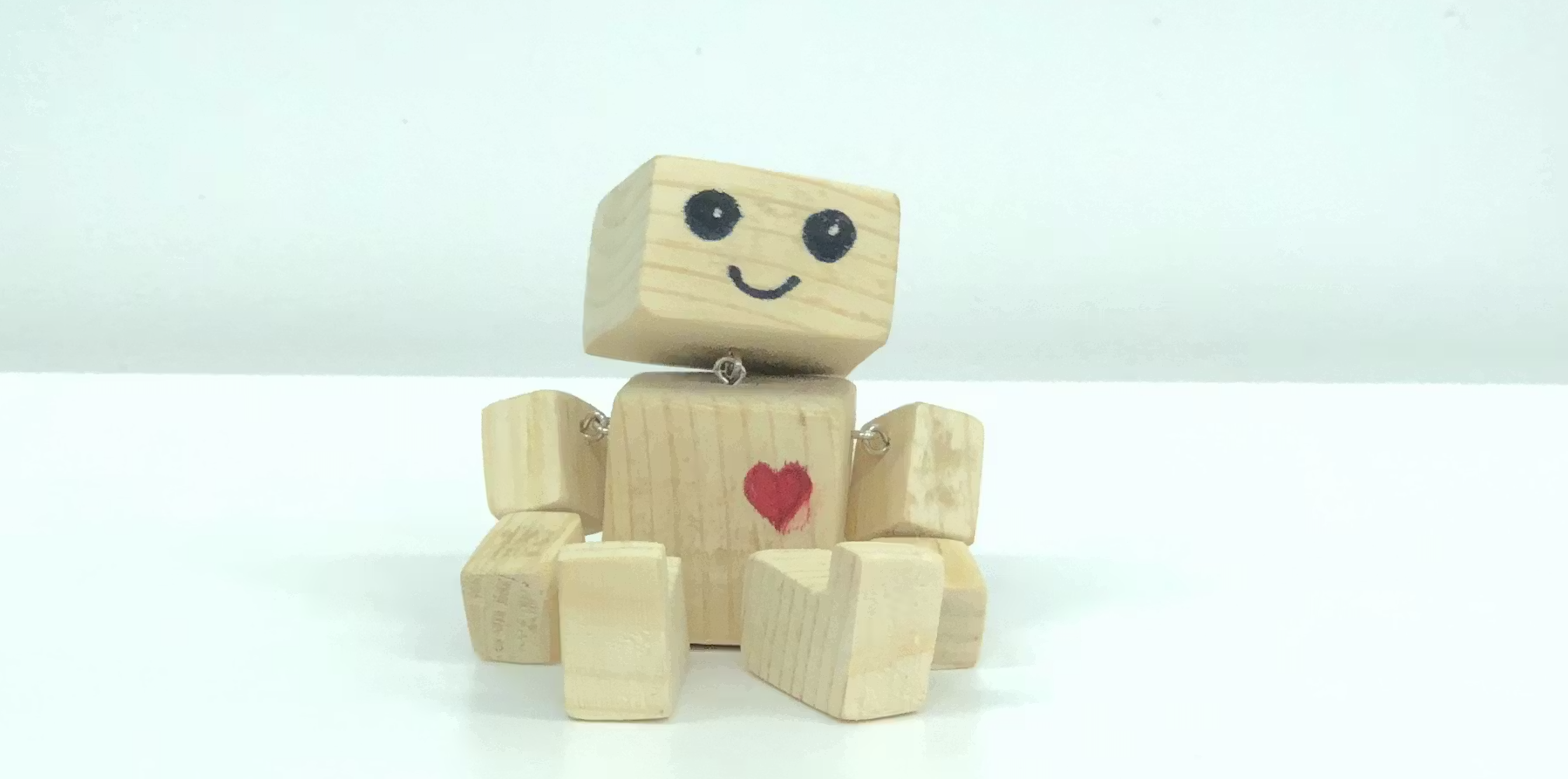Substance over style: finding the balance between innovative design and user experience
Digital design is everywhere in our lives and as everyday actions are increasingly digitised, we are becoming more and more exposed to technology. Checking in to a flight, buying groceries and even answering your doorbell are all examples of activities that are now possible through apps or websites. The design of these actions plays a huge role in how useful people find them – good design can lead to huge uptake, whilst bad design often results in resistance and frustration. The relationship between design and user experience (UX) can sometimes create friction.
With all this considered, how can designers create unique, innovative and disruptive experiences without compromising the UX? Why is it important to design great sites and apps for users?
How to make an impact through design
Many companies strive to make an impact through their design, as it can play a huge role in how quickly a user grasps what it is that your business does. Design also affects how people feel about your brand – the all-important emotional response.

Let’s take branding for barber shops as an example. Many incorporate the same classic elements of scissors or the red, white and blue of a barber pole which quickly indicates what the service is. It is the other design elements that tell the user what sort of a brand the barber is presenting. Faced with a range of options the user can quickly tell whether they are visiting a modern, trendy establishment or an old fashioned, traditional shop. Unique designs based around fundamental pillars enable the brand story to be told through something as simple as a logo.
Creating emotional responses
Creating emotional responses for users is a crucial element of building any brand. It is slowly becoming an accepted theory that people are not rational actors in the decision-making process. Marketers have long known that individuals can be easily persuaded when encouraged to make emotional decisions and digital design is a huge part of that.

Trello is a popular project management tool based around the ‘kanban board’ concept, popularised by Toyota in the 1940s for managing supply chains. The design encourages users to move ‘tasks’ or projects around the board – the movement from ‘pending’ to ‘complete’ prompts an emotional response, allowing users to find joy in organisation. As people respond positively to the management of their tasks, their relationship and trust with the Trello brand deepens. This is one way in which brands can become described as something people couldn’t live without.
Designing memorable experiences
Some of the great business success stories of the digital age have dedicated huge resources into their design, which pays dividends in creating a memorable customer experience. Vice President of Design at Airbnb, Alex Schleifer, says that this translates into two principles:
designing for trust and designing for everyone.
Airbnb used their design language system to build trust in the brand as they attempted to disrupt the accommodation industry. This focus on building trust was crucial to the firm’s success, as one of the typical issues that disrupted the user journey was the need to register and provide personal details, which results in the creation of multiple ‘fake’ profiles. Design that favours users signing up with third party social networks reduces the number of snags that this requirement creates and establishes trust between hosts and guests.
So, what are the principles of great UX design? Let’s explore some of the ways that design is essential in creating a resonance between users and brands.
Focus on the user
Even very successful businesses can lose sight of their mission as they scale quickly: a case study from Simon Pan looks at how the various technological ‘improvements’ within the Uber app meant that the firm had created additional stress and confusion for its users around the pickup process. Whilst the app had continued to grow and Uber released more and more powerful well-designed features, they frustrated the core objective of making taxi rides fast and easy for everyone. By refocusing on what the user needed and the frictions that they faced, the team designed a much smoother process that worked for both drivers and riders.
Design mobile first experiences
As the proportion of mobile vs web traffic continues to tip in favour of mobile devices, the idea that designing for mobile is a choice becomes more of a myth. Designing mobile first experiences is arguably the most important principle of web design, and although there are many pitfalls, there are some great examples of success too.
Typeform is a tech company whose mission is to “make forms awesome.” Their desktop website contains examples of imagery and video design elements to engage and entice the user. However, the mobile version is arguably more impressive, as it manages to blend these features with larger, more usable buttons and well-spaced elements.
Allow clear navigation
One of the most contentious design elements of modern websites is surely the hamburger menu icon, designed by Norm Cox – regularly used on mobile websites and apps. Often chastised yet now ubiquitous, it is a classic example of designers finding resistance when looking to innovate. This common icon breaks so many rules of good navigational design, which can be substantiated by Spotfiy getting 30% more navigational clicks when switching to an alternative. This design relies on the fundamental point that you must click an icon to reveal the menu, which is hugely problematic. But despite taking flak from users and design leaders, the navigation style remains popular, McDonald’s even used it as a marketing ploy for one day only on Norm Cox’s birthday. One of the reasons it may be here to stay is how familiar it is becoming to users, making it difficult to replace. It could be argued that once users come around to something, they then resist further changes.
Create simple experiences
One of the elements of web design that has faced rapid changes over the last few years is that of payment screens. Traditionally payment is the point that creates the most user friction as customers are faced with not only the final decision on whether to purchase something but also the practical problem of inputting several details. As the security requirements have evolved and biometric payment technologies have become accessible, these traditionally difficult processes have been streamlined. However, there are still a number of simple tricks that can make filling in credit card details quicker. One is to automatically insert spaces every four digits when inputting the 16-digit card number, with this design trick replicating the way that numbers are presented on a card it helps users to see what they are inserting clearly.
Final thoughts
Driving innovation in digital design is not just to score points from designers. It can play a huge role in how people respond and react to websites or apps, which has a huge impact on sales. Great design is as much about engaging a user as it is impressing them. In many cases, there should not be a playoff between design and UX – they are not mutually exclusive. The constraints of what and how users need to do something can often be explored differently through design, which is what makes it such a powerful tool. But, as ever, the best solutions often come from finding a balance between the goals of users and designers.
Looking to learn more about user design and how it can benefit your business? Email hello@www.gravityglobal.com.


